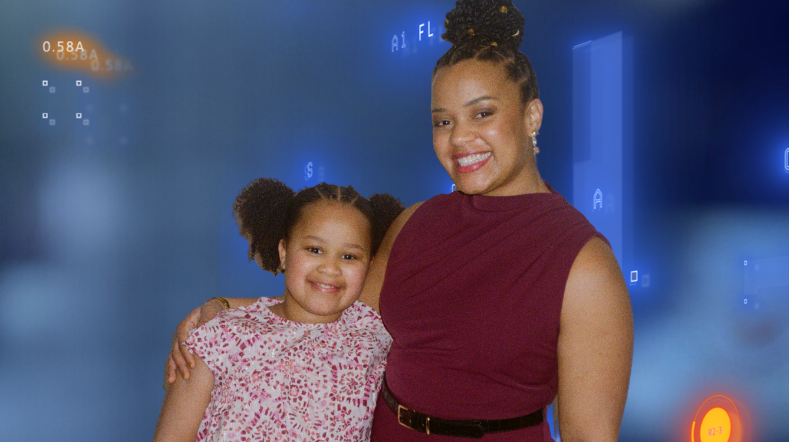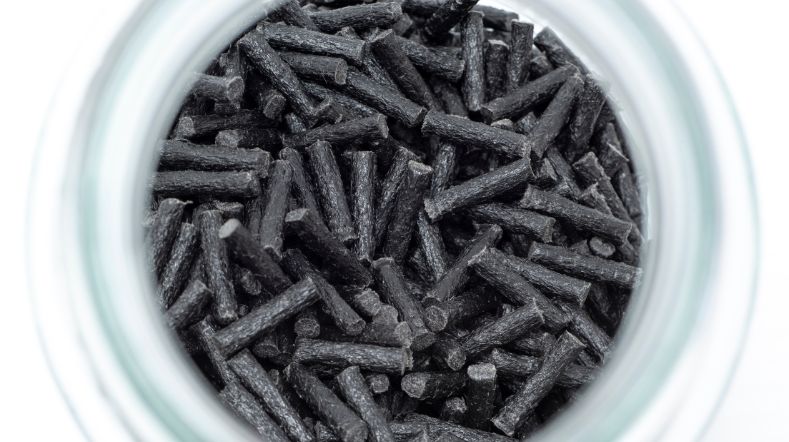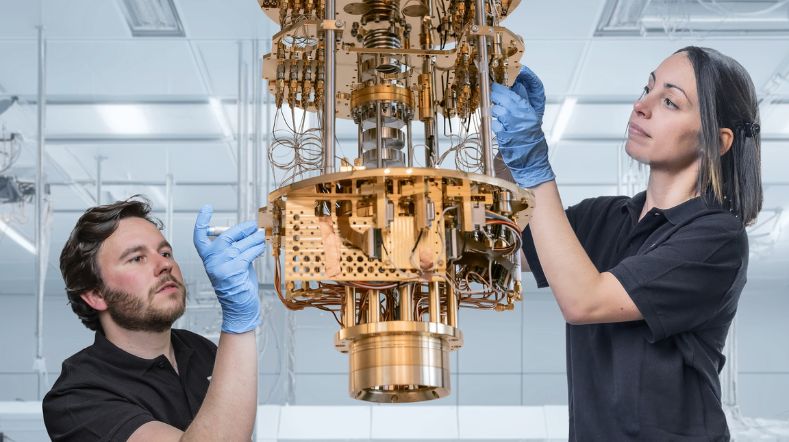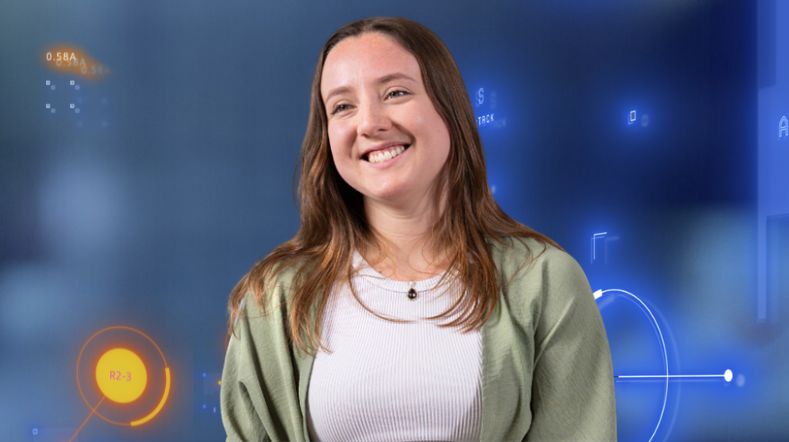
7 Questions about the Structural Dynamics Lab
For 55 years, TNO has been investigating the effect of shock and vibration loading on naval vessels and on-board equipment. In the event of a non-contact underwater explosion (UNDEX), our research ensures that vessels can withstand the extreme shock loads and remain operational. Our Structural Dynamics Lab (SD Lab) is a one-stop shop for Naval Shock and Vibration testing.
A one-stop shop for Naval Shock and Vibration testing
What kind of research takes place at the SD Lab?
The SD Lab’s unique facilities enable experts to quantify the effect of differing shock and vibration scenarios on the integrity of structures and naval equipment. The shock and vibration tests ensure that the naval equipment can function after the most extreme events. We also test new materials, such as composite replacements for traditional steel. In this way, we apply our expertise to solve ongoing challenges at sea, ensuring naval personnel remain safe.
On what areas does research in the SD Lab focus?
The shock test machines at the SD Lab simulate the effect of UNDEX loading, defined through calculation or by existing international standards. The machines provide a full shock wave loading, beginning with an initial acceleration pulse, followed by a sinusoidal decay. In doing so, velocity and displacement are also carefully controlled.
Vibration requirements go hand-in-hand with shock requirements. To this end, TNO can perform vibration tests on our large electro-dynamic shaker or on our hydraulic shaking platform prior to shock testing. We can also conduct climatic and HVAC testing in our nearby Building Innovation Lab. Furthermore, inclination tests, air-borne noise and structural-borne vibration measurements are also possible in the SD Lab. This provides a nearly complete view of the conditions that vessels will be expected to endure.
What facilities does the SD Lab have?
There are three specialised UNDEX shock-testing machines in the SD Lab: the TNO light-weight vertical shock machine (LVSM); the TNO medium-weight vertical shock machine (MVSM); and the TNO heavy-weight horizontal shock machine (HHSM).
| Testing machine | LVSM | MVSM | HHSM |
|---|---|---|---|
| Shock direction | Vertical | Vertical | Horizontal |
| Table dimensions |
ø0.75m |
ø1.6m | 3m x 5m |
| Max. payload | 500kg | 5000kg | 10.000kg |
| Max. displacement | 120mm | 120mm | 60mm |
| Max. Velocity | 15m/s | 12m/s | 5m/s |
| Max. acceleration | 10g to 800g | 10g to 500g | 10g to 120g |
| Pulse duration | 3ms to 25ms | 4ms to 20ms | 4ms to 20ms |
If the payload exceeds the capacity of the TNO shock machines, the pulse duration required is shorter or longer, or the required acceleration differs from that stated above, we endeavour to provide solutions.

Which international testing standards are used at the SD Lab?
TNO regularly tests according to the following international standards for Naval Shock and Vibration testing:
- BR3021, BR8470 and MAP 01-470 (UK)
- BV0430, BV0440, BV0230 and BV0240 (NL/DE)
- NATO STANAG 4549 (TNO, NL)
- MIL-STD-167-1A (US)
Furthermore, the TNO machines can be adjusted to also satisfy specific requirements, including simulating the loading in an above-resilient mount environment.
Employing expertise in high-speed data acquisition and post-processing, tests are validated in both the time domain (acceleration, velocity and displacement) and using the Shock Response Spectrum (SRS) approach in the frequency domain. The latter typically uses the qualification criteria from NATO STANAG 4549. Every shock test is also filmed using high-speed video at 2000+ frames per second.

How can I make use of the SD lab?
In addition to standard and bespoke shock and vibration testing as listed above, the SD Lab and its experts are also able to facilitate other environmental and mechanical testing, such as:
- Structural-borne vibration measurements according to MIL-STD-740-2
- Air-borne noise measurements according to MIL-STD-740-1
- The construction of bespoke test rigs with hydraulic actuators for a wide range of multi-axial, fracture and fatigue loading tests up to 10MN
- Off-shore, full-scale shock trials, utilising over 1,000 measurement channels
Other impact testing facilities include a large drop-test tower with impact masses ranging from 1 to 12 tonnes. This can be used for generating large, controlled impact loads of up to, for example, 6MN.
TNO is also able to design customised shock machines, provide consultancy and conduct both theoretical and practical shock courses.
Who are the clients for research in the SD Lab?
TNO provides expertise and knowledge to a global customer base. This ranges from naval and maritime equipment suppliers to Navy shipyards to Ministries of Defence in several NATO countries.
How does the SD lab contribute to our daily lives?
The SD Lab, and TNO’s broader Ship Vulnerability expertise, ensures that Navy vessels survive and remain operational after being attacked. This ultimately results in increased safety for operators and crew, and protection of valuable military assets.
For more information, assistance with understanding testing requirements, developing comprehensive project proposals, conducting tests or interacting with your naval end-users, please contact the SD Lab today.
Get inspired
Time setter story: Janice Odijk on objective recruitment


Thermoplastic composites


TNO expands quantum information technology testing capabilities to support startups


Time setter story: Tobias Mooy on the TNO Traineeship


Time setter story: Meike van den Eijnden on the TNO Traineeship




